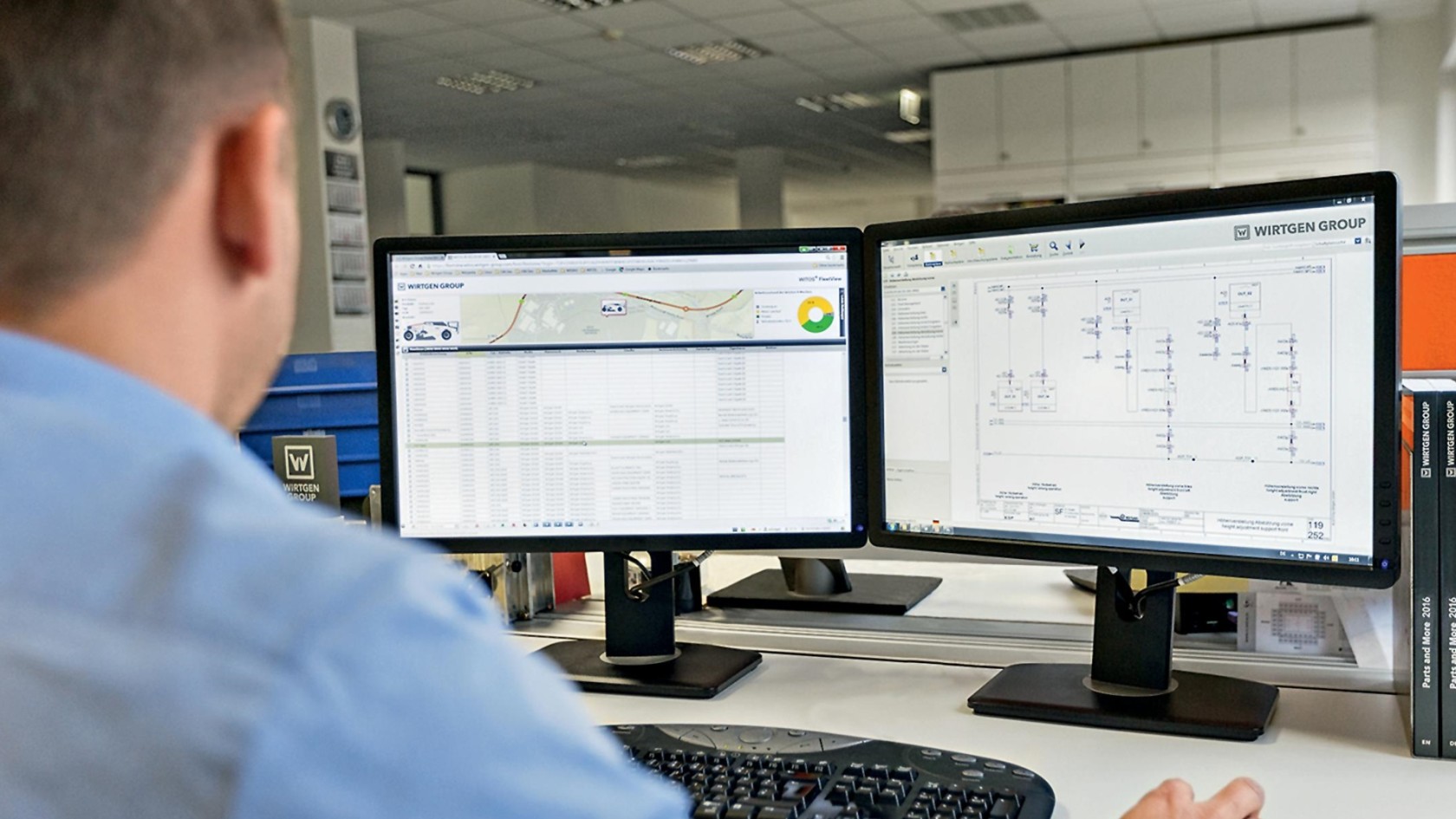Monitoring
You can define where and when your machines are not permitted to operate in monitoring activation (1). When monitoring protection is active, you will receive immediate notification of unauthorized access. In addition to notification in the portal, a message can also be sent to an email address of your choice.
Area monitoring (geo-fencing)
As soon as a machine moves outside of the permitted host area, it is indicated in the system and a notification is sent.
Timed monitoring (curfew)
If the machine is turned on outside of the predefined working hours, it is indicated in the system and a notification is sent.
Movement monitoring
If the machine is moved when deactivated, this is indicated in the system and a notification is sent.
Fault/alarm message monitoring
In the event of fault or alarm messages from a machine, these are indicated in the system and a notification is sent.
Maintenance message
As soon as a machine enters its defined maintenance window, this will be indicated in the system and a notification will be sent. A further notification will be sent if the machine's operating hours exceed the appointed deadline for maintenance. The time for a reminder of upcoming maintenance can be set here. If a longer lead-time is required for maintenance planning, the maintenance window for upcoming maintenance can be reset from the default value of 50 hours to e.g. 70 hours.
In monitoring configuration (2), you can define the radius of the geo-fences and the working times (for the derivation of curfew times). The maintenance window for notification of pending maintenance is set on the monitoring activation page.
By pressing and holding down the Ctrl key at the same time, you can select multiple machines (3) and configure settings for the selected fleet. Clicking on the button allows you to edit the settings you have entered.
If a monitoring alarm has been triggered, you can click on the button to reset it.


